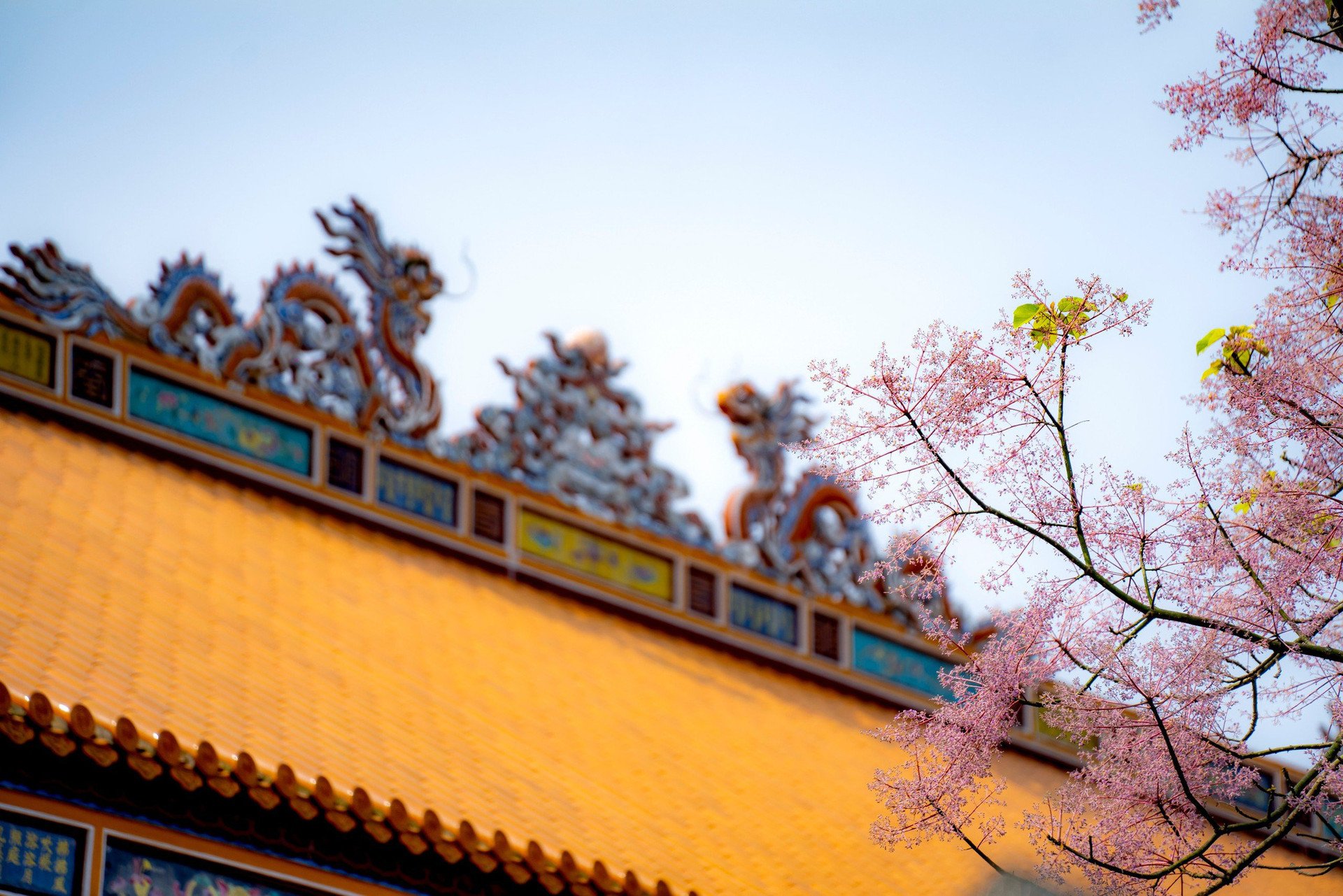
Coming to Hue these days, many tourists are surprised to see the brilliant pink patches.
Those are the branches of parasol flowers that are at their most beautiful when the ancient capital's land and sky transition from spring to summer.
The parasol tree is considered the "royal flower" - one of the nine flower species that King Minh Mang had engraved on the Nine Dynastic Urns symbolizing royal power.
According to an oral tradition that Hue people often tell each other, in the past, the noble phoenix often perched on the parasol tree inside the Nguyen Dynasty's royal palace.
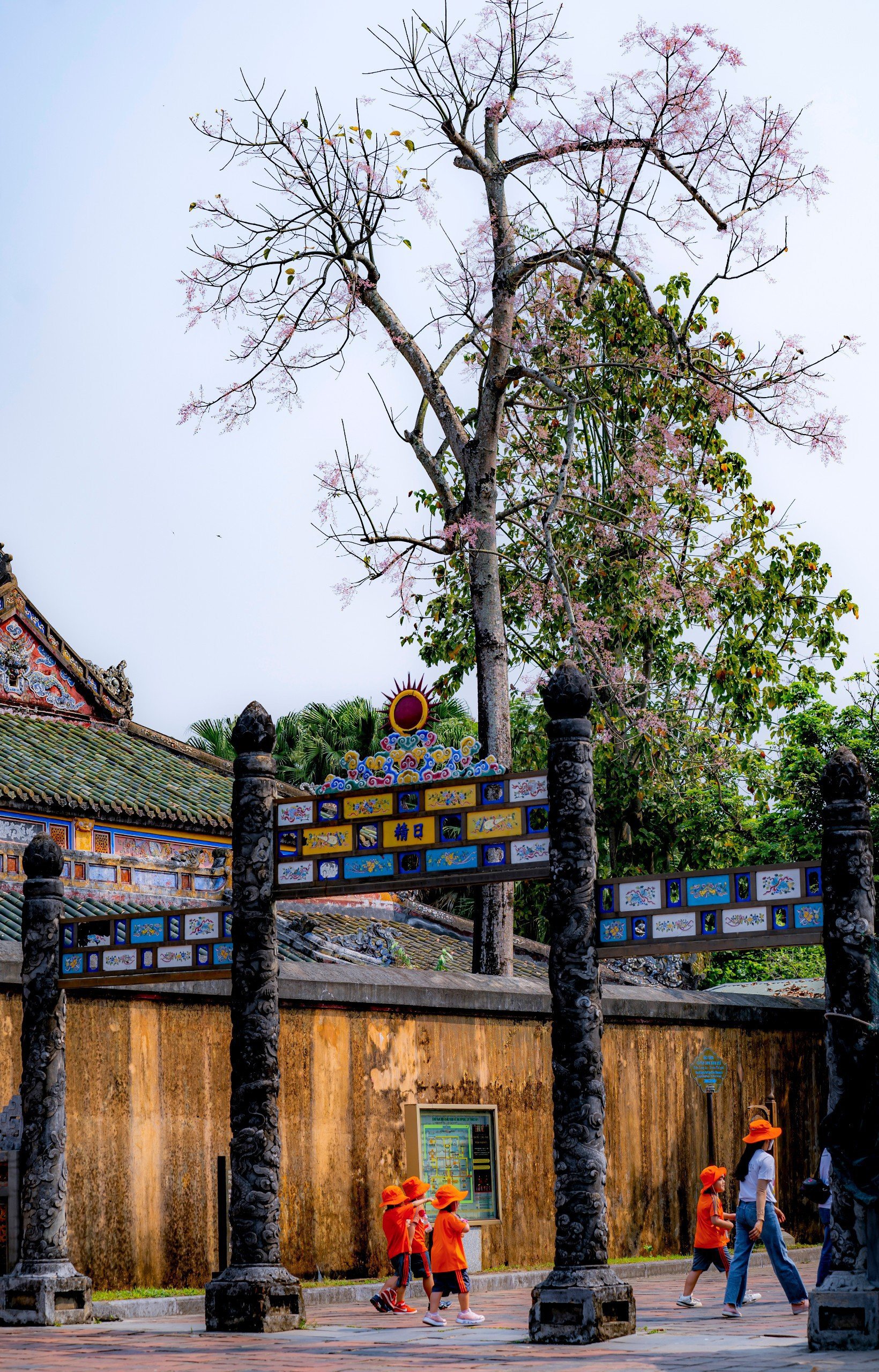
This tree species is also widely planted inside the citadel, associated with the shadows of the ancient palaces and temples of Hue.
The book Dai Nam Nhat Thong Chi clearly records the origin of the parasol tree in Hue: "During the reign of Minh Mang, it was brought from Guangdong and planted on both sides of the Can Chanh Palace. Soldiers were also sent to bring leaves to the mountains to search everywhere. When they were found, they were planted on the corners of the palace."
According to the historical source mentioned above, the parasol tree originated from China. However, when it arrived in Hue, the parasol tree "adapted to local customs" because the local soil and climate caused this tree to bloom in late spring and early summer, unlike the tree in China that blooms in late autumn.
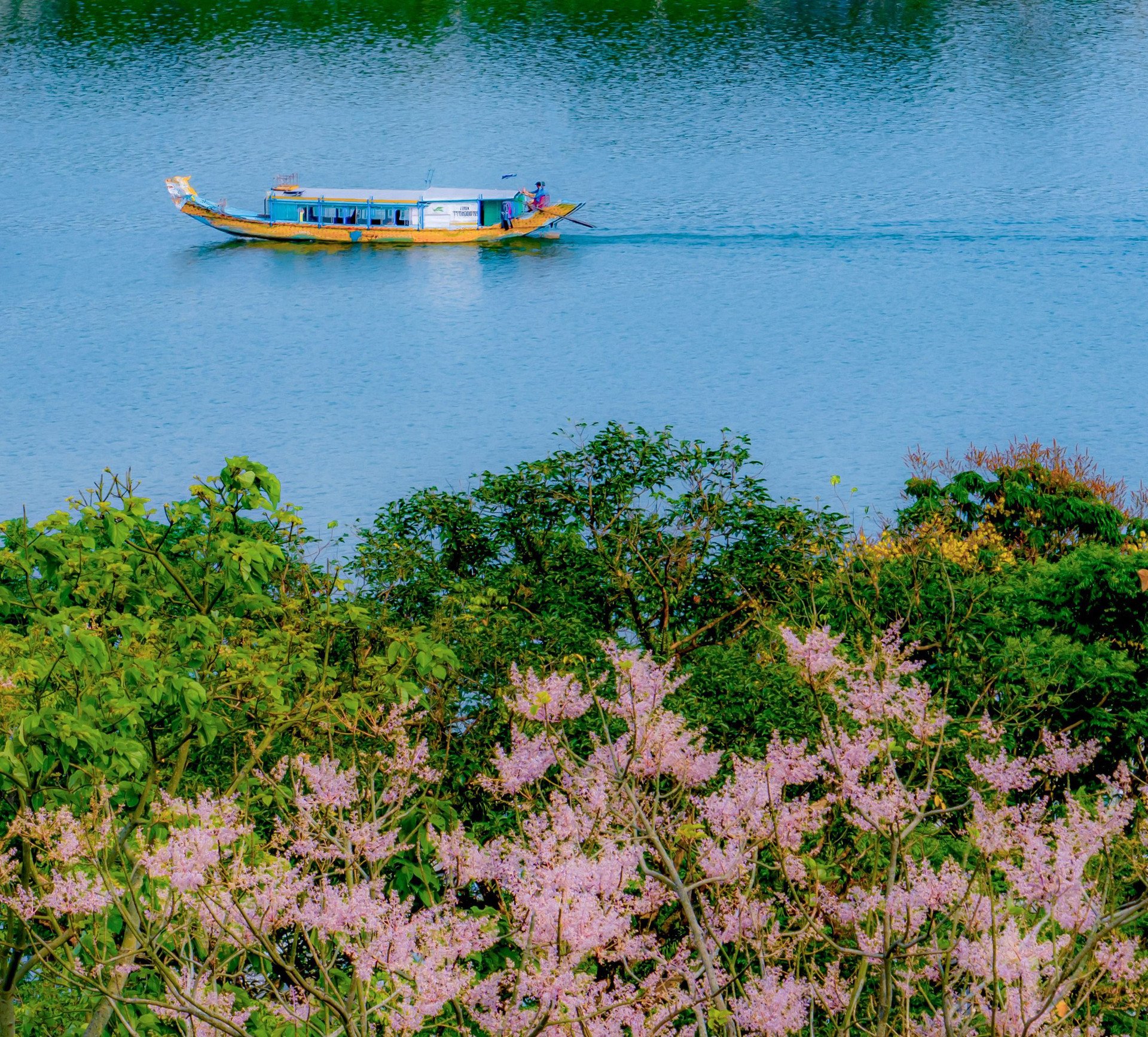
When in bloom, the parasol trees add "pink clouds" to the green patches along the Huong River, captivating photographers and tourists .
Hong Van (a tourist from Ho Chi Minh City) said that she was lucky to visit Hue Imperial City when the royal poinciana flowers were blooming all over the ancient royal palace.
"The royal palace flowers make the scene more colorful and majestic and ancient," Van said.

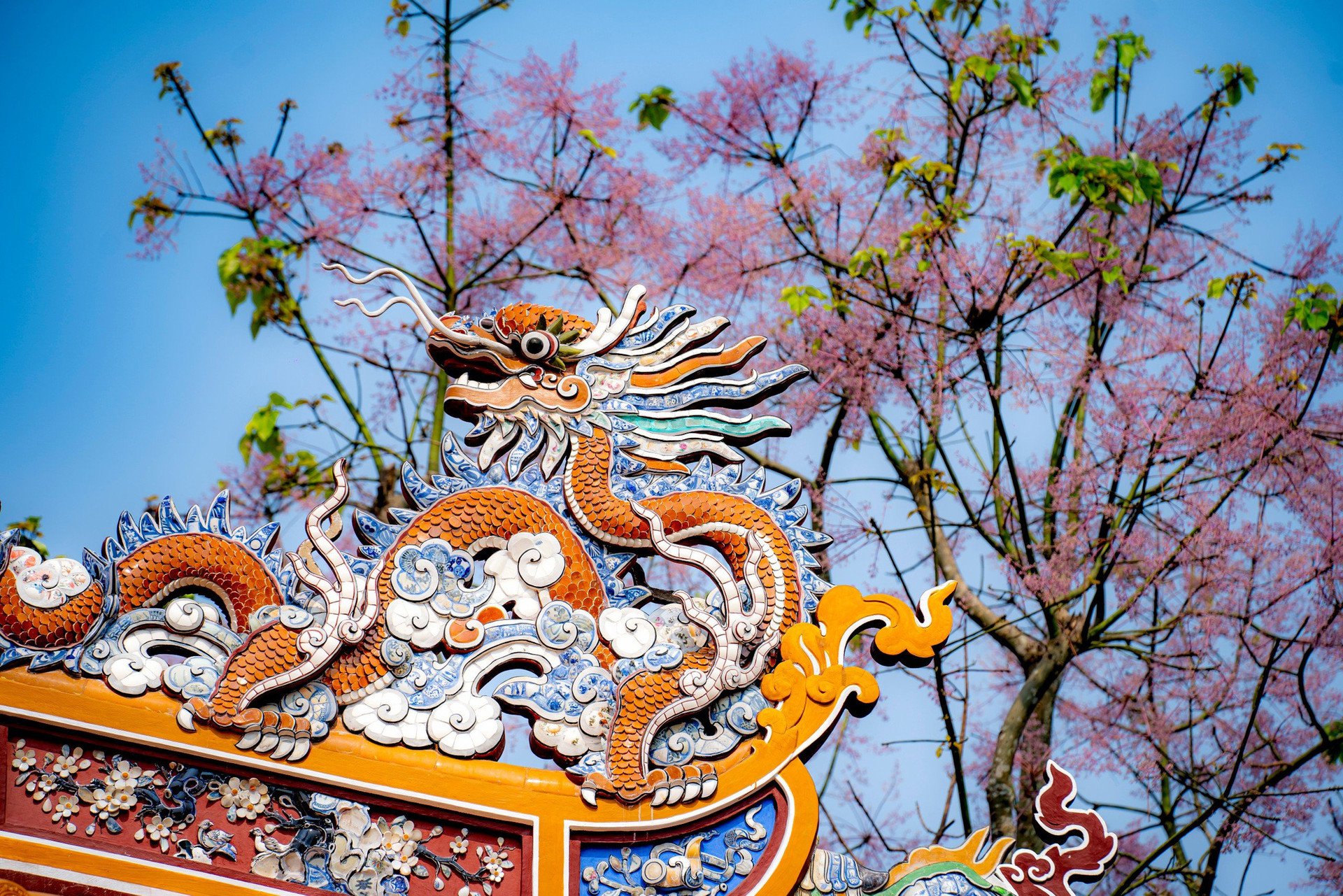
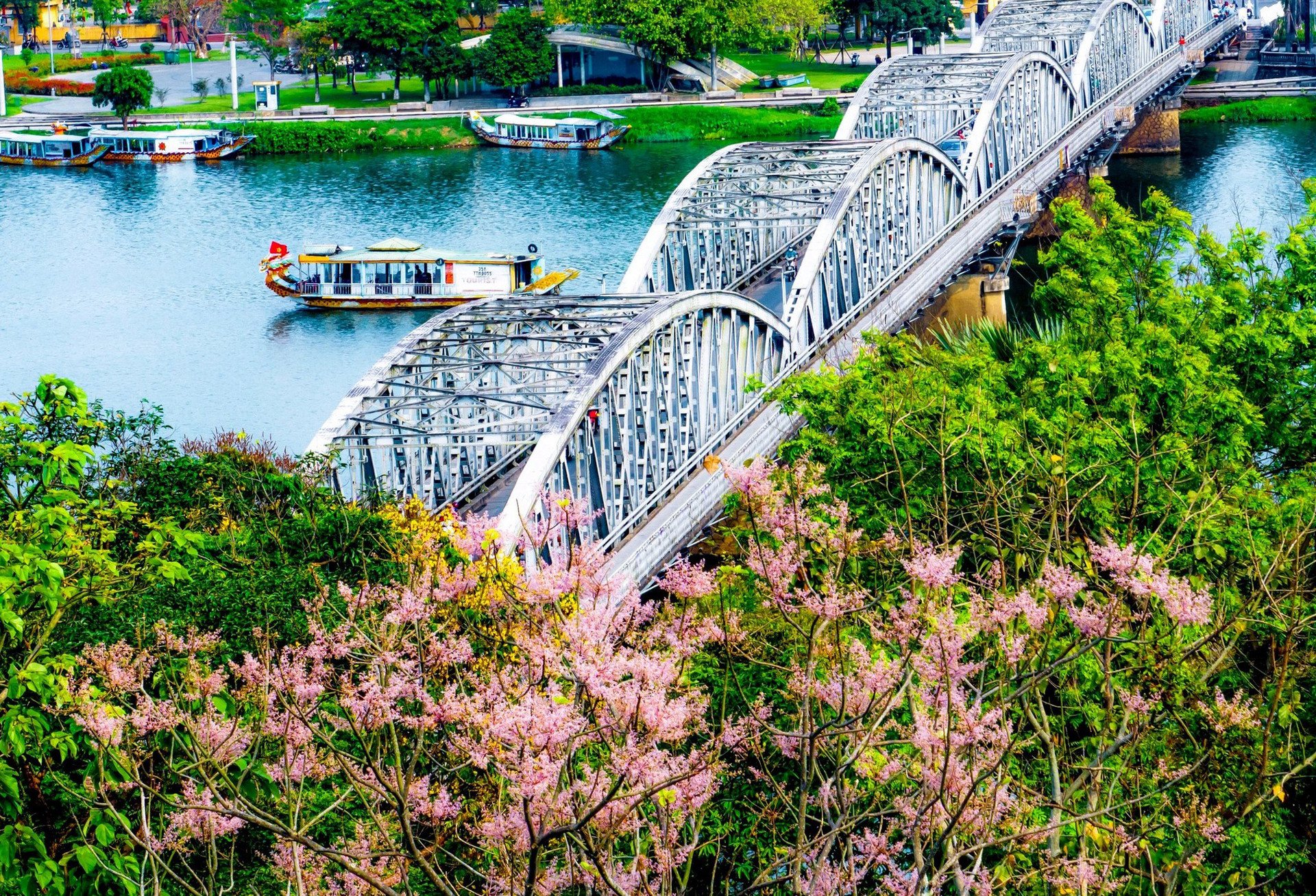
Source







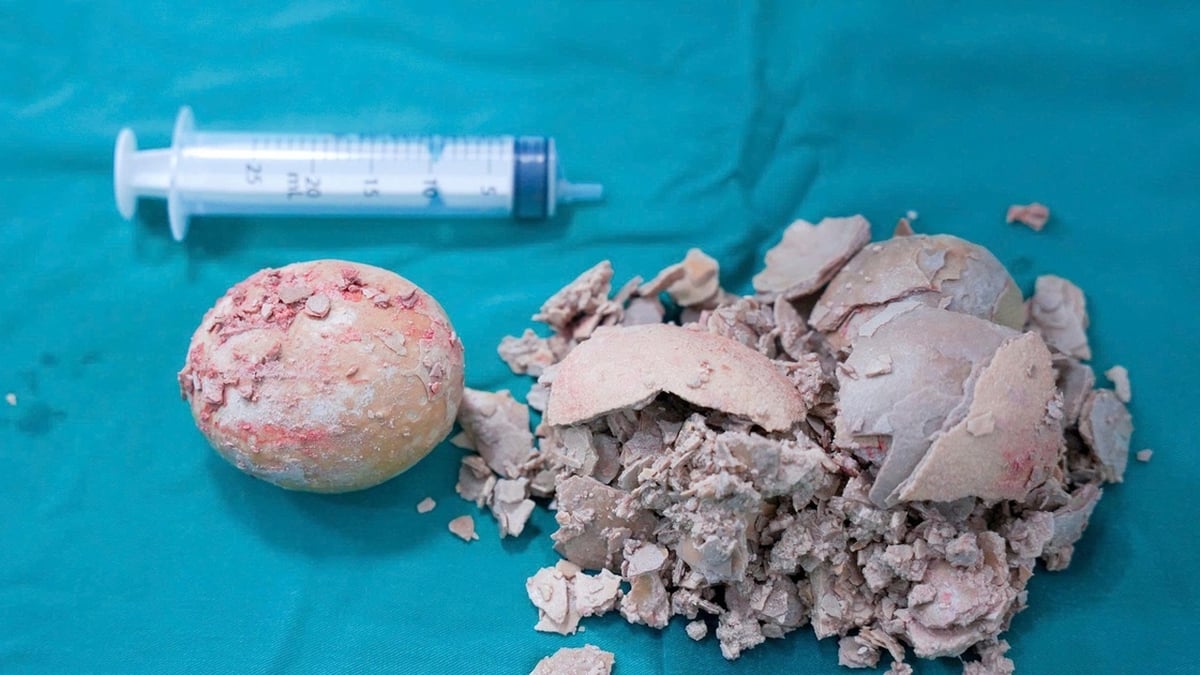
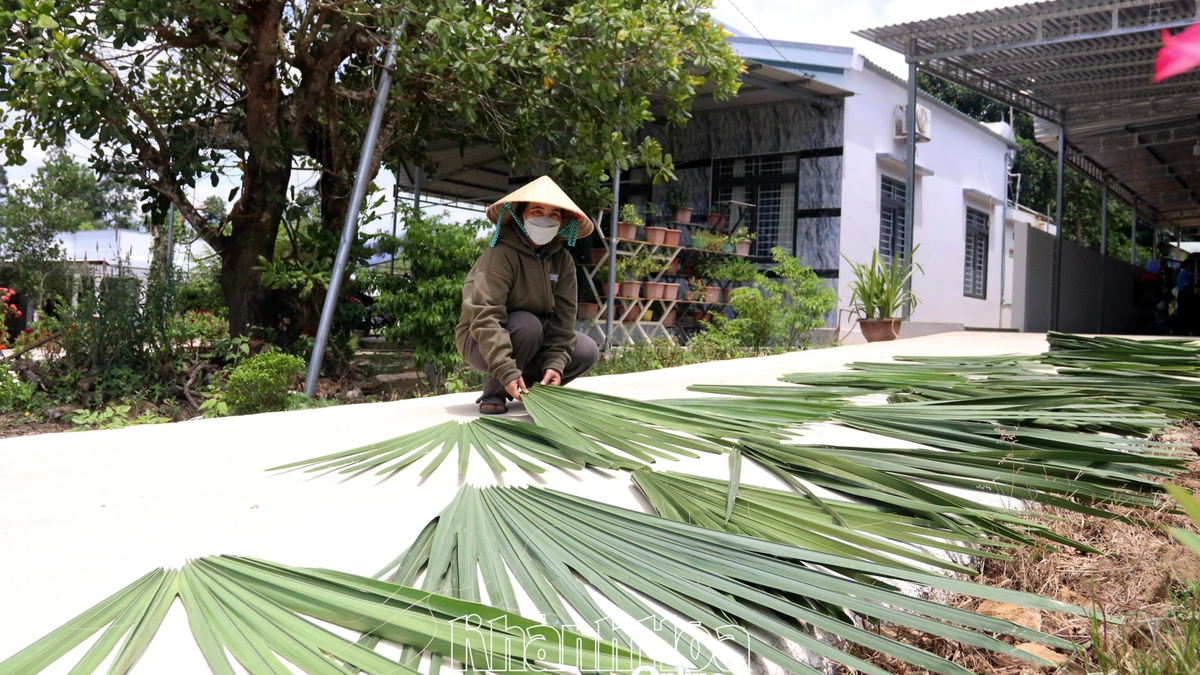











































![[Maritime News] More than 80% of global container shipping capacity is in the hands of MSC and major shipping alliances](https://vphoto.vietnam.vn/thumb/402x226/vietnam/resource/IMAGE/2025/7/16/6b4d586c984b4cbf8c5680352b9eaeb0)












































Comment (0)